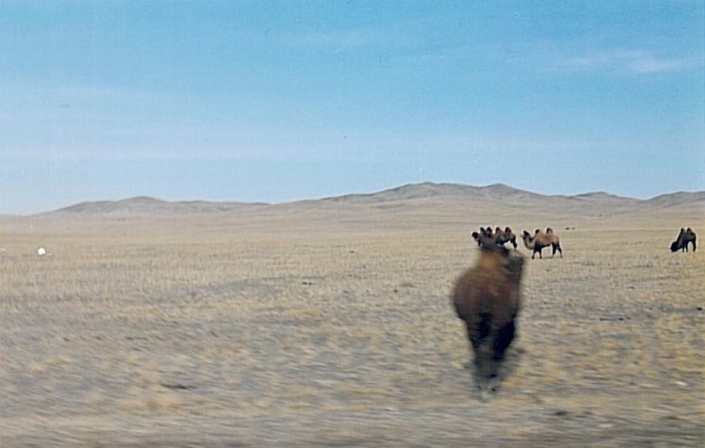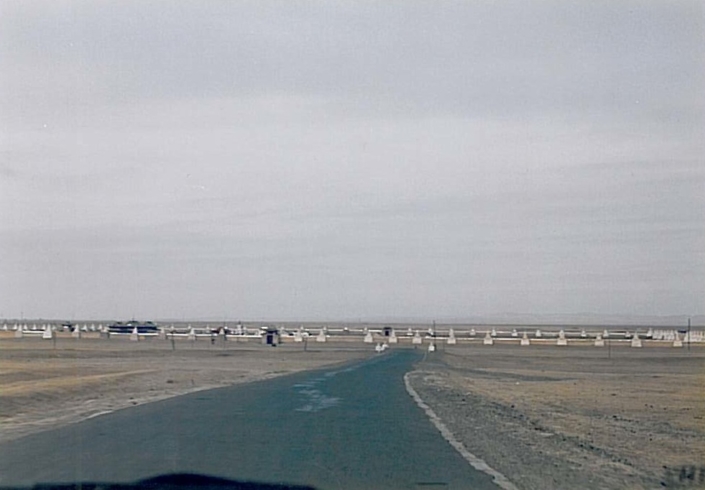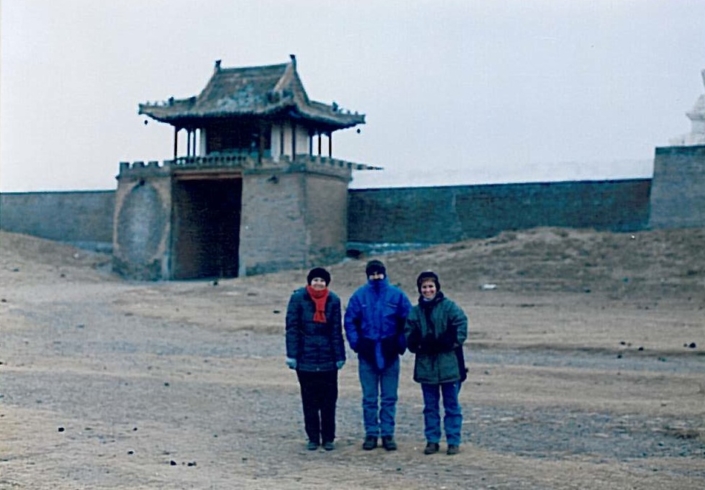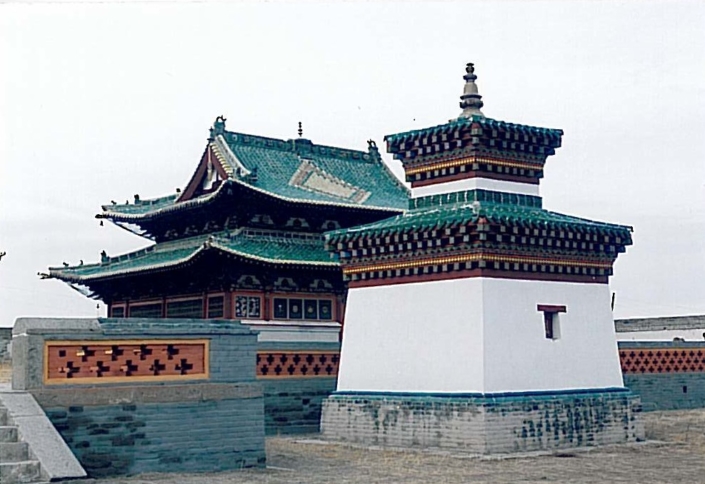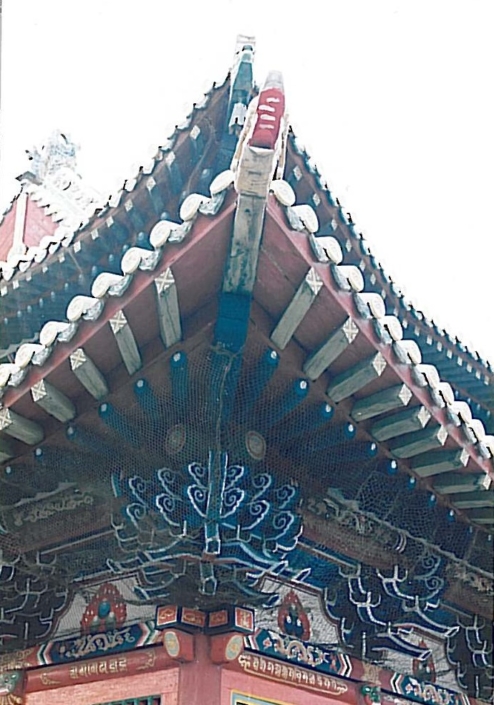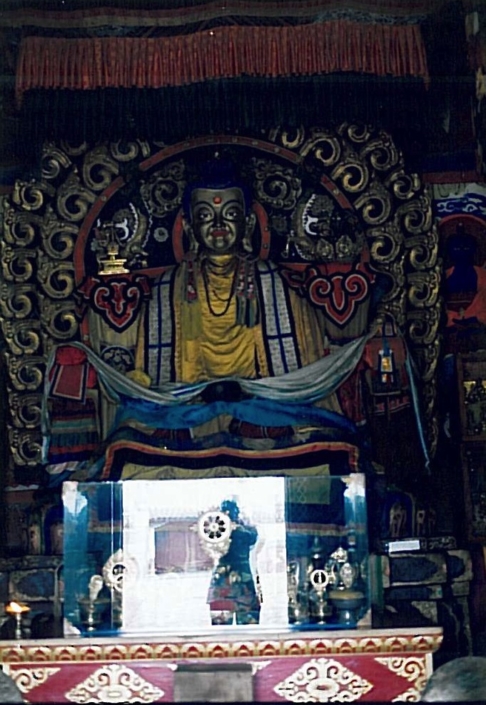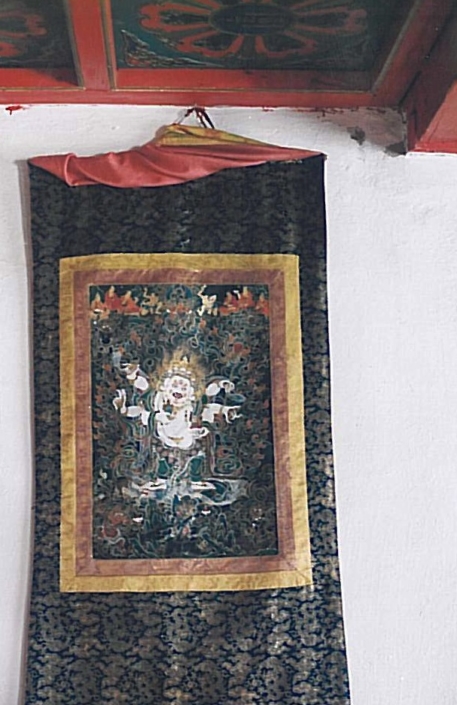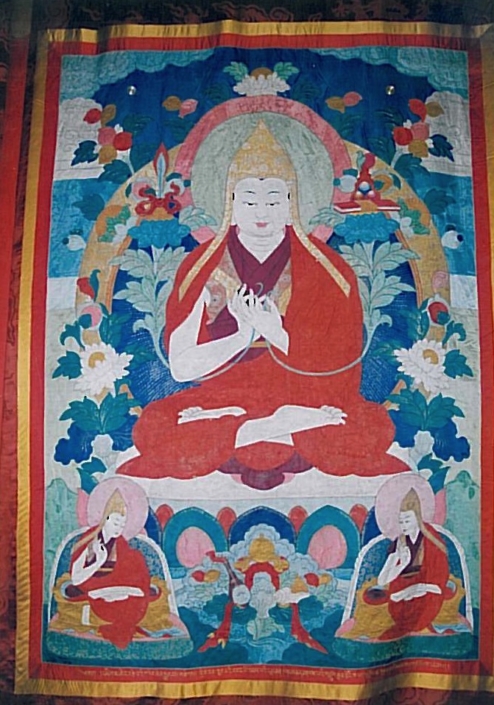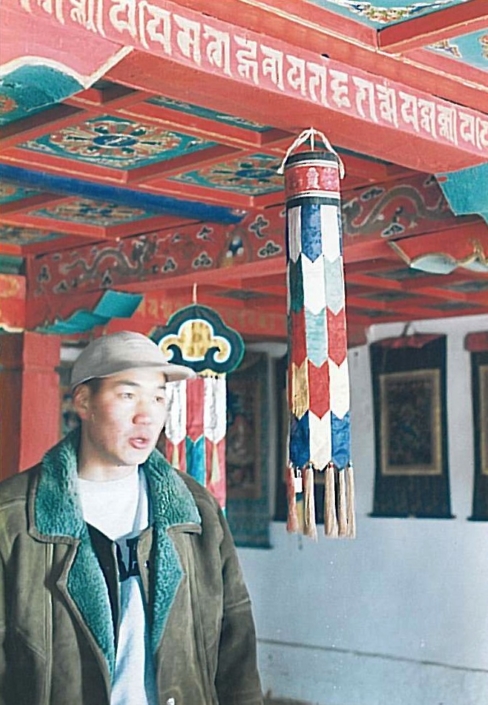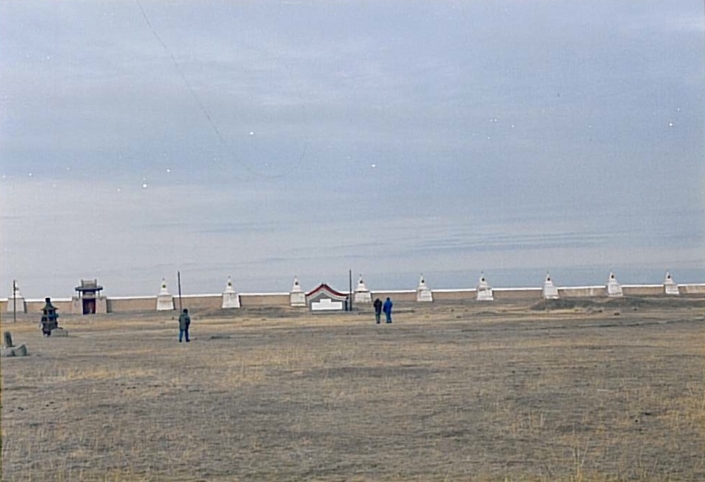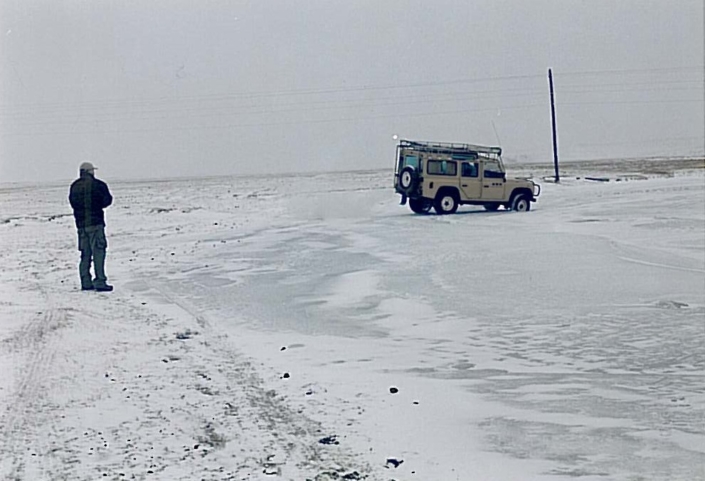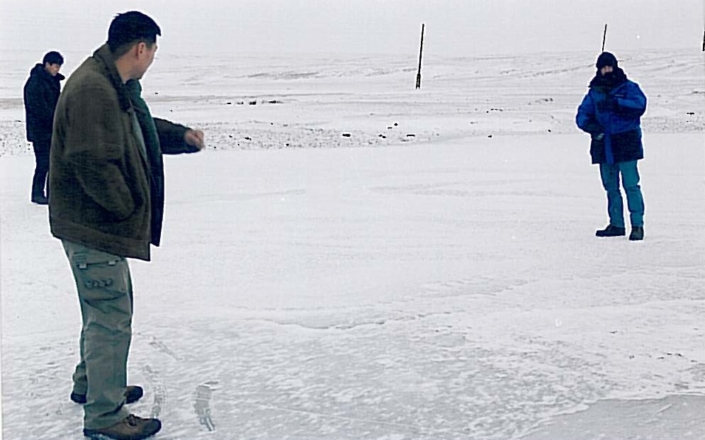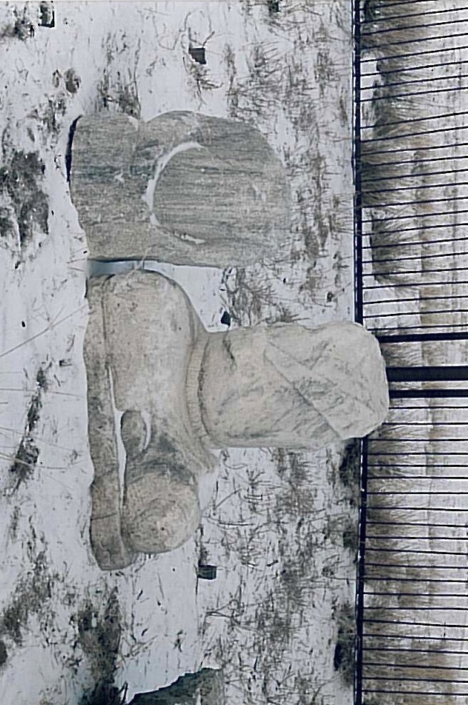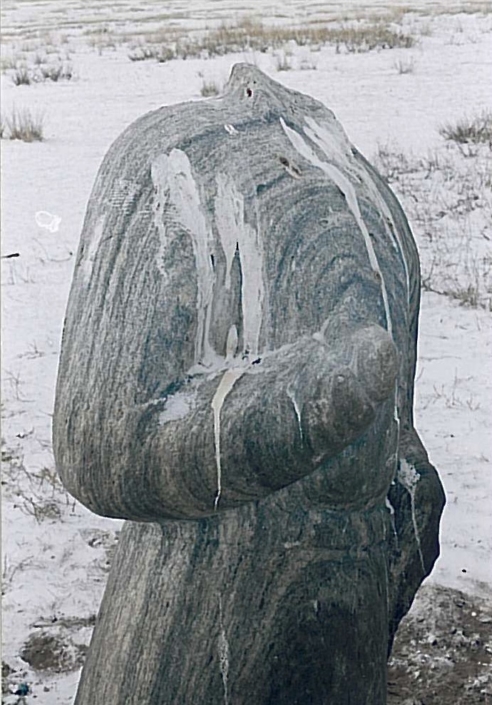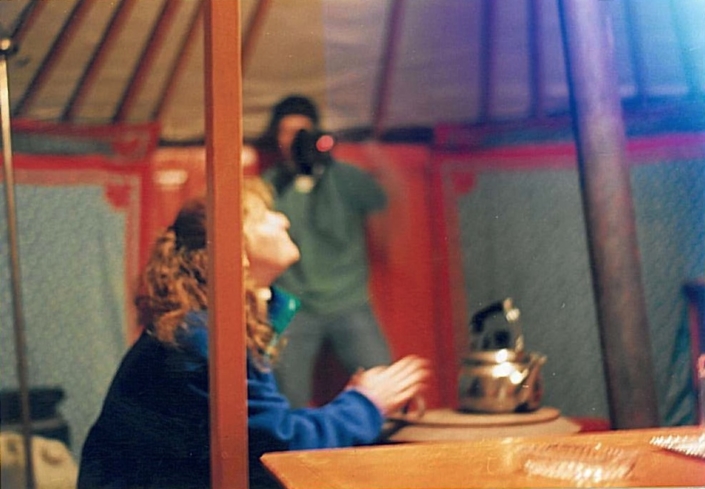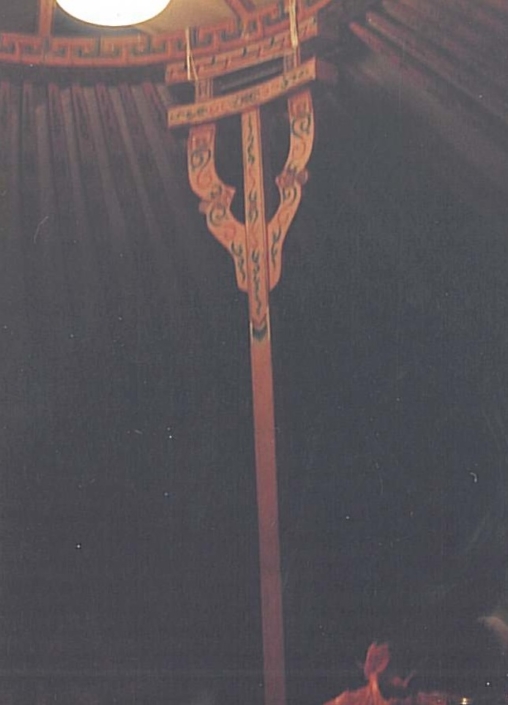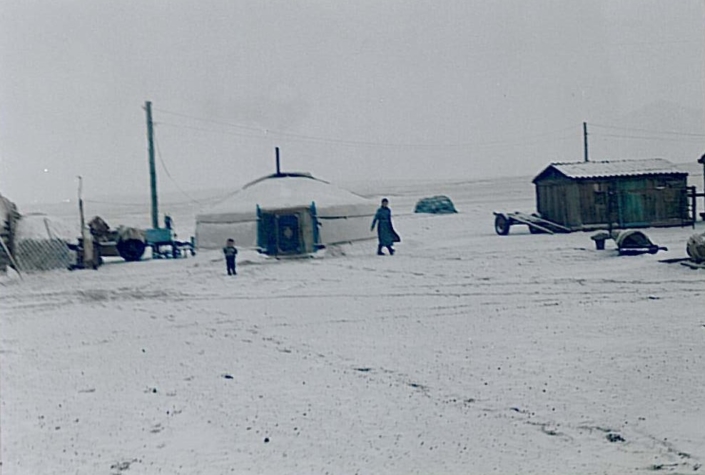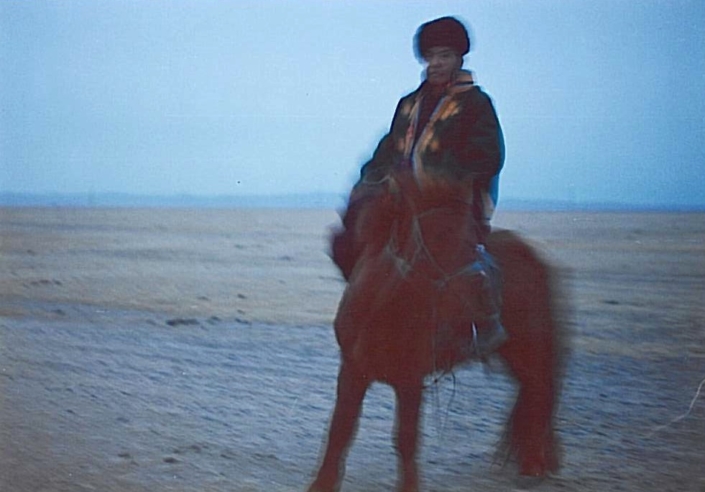Mongolian Weekly News no. 2
Date: November 28, 1999
Hello dear all,
As a result of some nice feedback, I got used to the idea of writing the story of my daily life and times in the Far East to you good people. (Maybe you can gather that it is not the busiest of places in the world, so that I can sit down and write stuff like this!)
A friend who replied to the previous mail, Mariliza, suggested it was time for real action! Actually, she hit on a good point, because Mongolia was the scene of one of the Camel Trophy off-road competitions a few years ago. I can personally assure you there is enough off-road action in THIS country! (That is my reference to the great ‘expedition’ of the past week I’d like to write about.)
Tourists who come to Mongolia are usually directed to the Orkhun River Basin, where all the major historic peoples and cultures of the region flourished and left some mark, due to the concentrated good climate in a landscape dominated by the famously bleak Gobi Desert, inhabited by no one but dinosaurs once upon a time. (UB hosts a dinosaur museum among its handful of cultural attractions.) Gobi is also the name of Ulaan Baatar’s primary cashmere factory and brand name. Last Sunday, the international ladies all raided their new store for the one-day sale. Let’s hope the Mongolians don’t ‘wisen up’ too quickly like the Chinese and raise the prices above our heads…
Last week, the daughter of the US Ambassador, Katie, her cousin Steve and I went with a tourism company called Nomadic Expedition to the town of Kharkhorin, or Karakurum as Chinggis Khan’s capital was called after being set up in the early 1200s. That is also in the Orkhun area, as is the temple of Erdene Zuu, the earliest Buddhist temple complex in Mongolia, dating from the 1600s. The site is the main reason for visiting the area, because of its elaborate Buddhist temples surrounded by decorated walls, only about ten out of 600 left after the Socialists’ ‘flattening’ work throughout the 20th century, but still very beautiful and spiritual with the artefacts, statues and hanging scrolls within the buildings.
This is the off season for tourism, so we five (three tourists + guide + driver) were the only ones there except for the monks. That was natural- who would be desperate enough to go out into that crazy cold? I tell you, it was about -20 degrees Celsius and open terrain, so even with mild wind, after a while, we started to have serious discomfort, such as ears, nostrils, fingers and toes going numb and aching badly. I even thought this would be the last time I’d have fingers on my hands! The tour guide, a young and cheerful young man named Batkhu who spoke very good English, went around without any gloves or cap, sometimes even without his coat, as we stared at him in disbelief.
Another special ability we discovered about the Mongolians through Batkhu was their great puzzle-solving and board-game-playing. At night, in the ger camp (gers are typical nomadic tents, which are circular, easily portable yet keeping very warm inside, with a fire going in a stove in the centre), Batkhu brought us a traditional ‘ankle bone game’ set, where ankle bones of sheep, gathered by the dozens, are scattered on the table. According to which side of the bone is facing up (all four sides have distinct shapes which Batkhu could immediately tell and which the rest of us pathetic ones had to squint and come up millimetres close to the table to differentiate), are likened to horses, camels, goats and sheep- the traditional steppe livestock. Then you play games like marbles or race the ‘horses’. Batkhu was the natural winner of course, but that was just the beginning. He then brought us some new puzzles, i.e. Rubik’s-Cube-like devices made of bones, wood and metal, which the nomadic farmers are supposed to play indoors after nightfall. Well, we were completely smitten by the puzzles and you would be surprised at the extents of frustration to which grown people can go over them… We were relieved by some traditional Mongolian music, sung by a musician in traditional attire, using two, violin- and zither-like instruments made mostly of horse hair and bone, and his own throat, like the Tuva singers Nondas asked about. My father informs me that the Tuvas are a Turkic people living in Siberia, still speaking one of the most ancient Turkic dialects, but they are not ethnically the same as the majority of Mongolians. The throat sounds were quite amazing. The songs were mainly pastoral odes and relating often to Chinggis Khan, naturally!
We went to see the ancient Turkic Orkhun Monuments, the inscribed stones which we could call monoliths (if only so many of them were not lying on the ground) the next morning, after a night throughout which a native of the ger camp kept coming in and re-feeding our stove fire with wood every two hours or so. The journey that was supposed to take two hours there and back turned out to take three hours just outward!.. It had snowed during the night, and the terrain was both bumpy and frozen, and that is the off-road part that is unforgettable. The lunch boxes at the back started to dance about with great thumps as we drove over the land. Even worse dancing came when we had to cross a couple of frozen rivers: the first time, we stayed in the jeep and took the ‘plunge’, which turned out to be literal, as the ice broke in the middle and the jeep hurled forward into the water! We all hurled forward, too, naturally, and that is when one can appreciate a 4×4 jeep’s hind wheels, manically turning to get us backwards out of the river. After having survived that, we decided not to take the same chance in the second river, so we got out, relieving the car of about 300 kg of weight. The jeep made it, and we crossed on foot veeeery carefully, with one of us cracking some ice, but not actually falling in.
After a few such incidents and no sign of approaching, we decided we were lost and asked the way in a ger camp we came upon (also getting me indoors to thaw my feet, which had become a real problem). The terrain is quite flat for long stretches, so you can’t orientate yourself- everywhere looks fearfully the same…
We reached the sit of the monuments at last: two separate groups with runic writings, erected in honour of Bilge Khan and Kultigin, two rulers of the 6th-8th cc. Turkish empire, the Göktürks. The writings told of their political deeds, the events that happened to their state and people, and advice on governing. They are the first ever signs of Turkish historical presence- except for the debated Huns, which the Mongolians and Turks both claim, probably both rightly, as tribes were intricately mixed in that era- so highly valued by Turkologists. There is an excavation house nearby built a few years ago by the Turkish government for future conservation work, based on a bilateral official agreement. The stones were recorded last century by a Russian scientist, Radloff, so safely documented, although their present state of deterioration needs urgent intervention. The sitting and standing figures of the statesmen and their companions are not in too good shape either, as the upper parts of the torsos are missing (suitable for some photo-jokes!).
Afterwards, we ate our lunches in a ger camp similar to the previous one, which was a very embarrassing experience. Batkhu insisted we eat in a warm place, but we were barging in on an ordinary day on the steppes for the poor people who inhabited the tent. Their famed nomad hospitality showed us in, we who were spreading our mud on their floor and spreading our lunches on their table. Everybody, from the very small infants with incredibly cute faces and mischievous looks, to the wrinkled-faced old grandfathers and grandmothers with slightly more unsettling looks, were watching us as we sat in the middle of their ger. We felt like a circus show!! Sometimes one gets these very awkward situations in foreign places, doesn’t one?
On the six-hour drive back, stopping a few times to ‘see the horses’, as the Mongolians say for relieving the call of nature behind a rare and valuable rock, Batkhu told us about some further customs of the Mongolian people. For example, they do not have surnames. All records of these were burned by the Socialist regime, for the sake of Collectivization (a word he used a lot). Now, after the end of Socialism in Mongolia along with that of the USSR, people are reclaiming their old surnames or taking on new ones. Batkhu proudly announced that his family is thinking of the equivalent of ‘eagle’ for their surname, one of the wild creatures of the steppes they respect very much.


